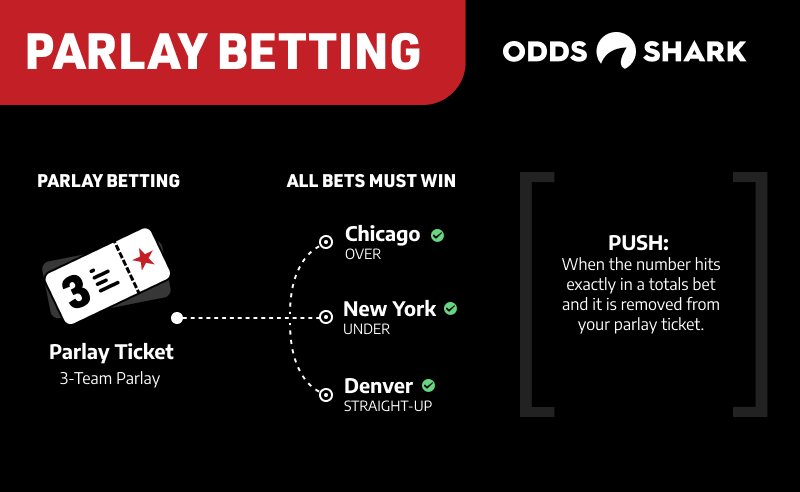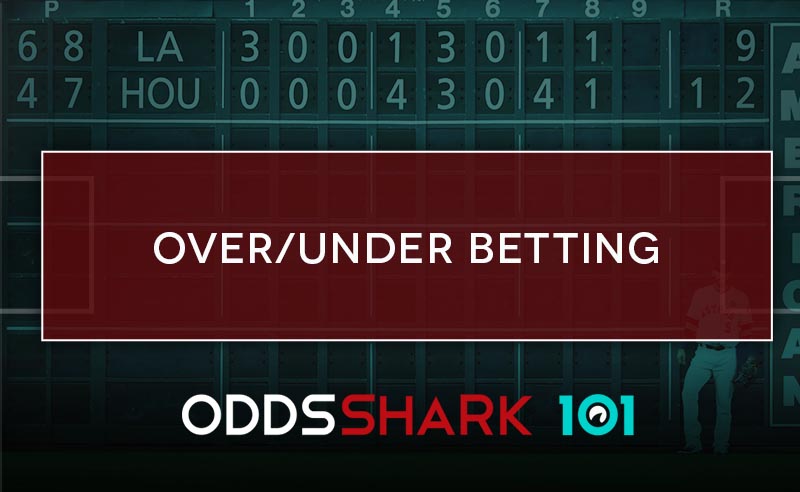tralcamecedlasae.netlify.com
Understanding Over Under Odds
Much like in baseball where the traditionalists complain that the new wave of players are taking over and disrespecting the game, sports betting is slowly becoming geared to the younger generation of players. The demand for quick results and instant gratification have taken the sportsbooks by storm, and sportsbooks have replied by offering up more and more obscure bets. However, one of the simplest forms of betting has remained the same, and that is betting on the 'over/under' for a particular game or event.

How Does the 'Over/Under' Work?
Understanding NFL O/U Season Stats Prop Odds When you check out your sportsbook of choice for NFL betting props like OVER/UNDER passing yards for Tom Brady, you’ll see prop odds that look something like this: OVER 4225 Passing Yards -115 UNDER 4225 Passing Yards -115. If the odds on a tennis player said +150, that means that for a $100 bet, you would win $150. Now if there is a minus sign in front of the odds, that is the number that you would have to bet in. For example, in a boxing match, it would not be unusual to see odds such as these: Joe Louis -700 Ray Leonard +550 In this instance, those betting on Joe Louis are being asked to risk $700 to win $100, while Ray Leonard backers are risking $100 to win $550. In the NFL, most over/under scores are set in the low-to-mid 40s. In college football, over/under scores are usually in the high-40 to low 50s – in the Big 12, the land that defense forgot, it can.
If you hear the phrase 'over/under' being talked about during a sports betting discussion, it is referring to the options available when betting on the total of a specific game. In order to understand how the 'over/under' works, you must first understand what betting on totals entails.
Bets on the total (over/under) In addition to the spread bet, a very common 'side bet' on an event is the total (commonly called the over/under or O/U) bet. This is a bet on the total number of points scored by both teams. Suppose team A is playing team B and the total is set at 44.5 points.
To keep it short and sweet, linemakers set a total for the number of points they think the two teams will combine to score in a particular game. Bettors then have two betting options to choose from - the 'over' or the 'under'. Taking the 'over' means you think that both teams will combine for more than the linemakers posted total, while taking the 'under' is the exact opposite.
The concept is straightforward, but throwing in an example never hurt. Let's say you are looking at a baseball game between the Royals and Indians, and the linemakers set the total at 9.5 runs. If the teams combine for 10 or more runs, any bet on the 'over' would be graded as a winner. If there are nine or fewer runs scored, 'under' bettors would be the ones celebrating a winning bet.
How To Read Over Under Odds
Different Types of 'Over/Under' Bets
Almost every single sport available for wagering will have a posted total that you can choose to bet on. In its simplest form, bettors typically choose to wager on the 'over/under' for the entire game. This does not mean that it's the only option available.
Sportsbooks give bettors the opportunity to wager on the 'over/under' for half time totals, team totals, individual performance totals, and future bets. To keep it simple, I will use the Indians and Royals example to explain each of these options.
The five-inning 'over/under' option means you will be wagering on the half time total -- which is generally half of what the full game total is. If you are playing team totals, the Indians may have a team total of 4.5 runs, in which case you would have to choose either 'over/under'.
In terms of individual performance totals, these are mostly related to football and include some of the following; the number of yards thrown by a certain quarterback or the number of rushing yards by a specific running back. And lastly, if you decide to lay a future bet down on the 'over/under', you will likely be betting how many games a particular team will win over the course of the season.
Betting Strategies for the 'Over/Under'
Just like any betting option, you will come across a totals opportunity every once in a while, that is just screaming out at you to bet it. These are the opportunities that you need to capitalize on in order to be a successful handicapper over an extended period of time.
Betting strategies surrounding the total often time revolve around the weather in a particular matchup. In football, if it's snowing or raining profusely, the total could be affected, which is why the 'under' may be worth looking into further. Now, I'm not telling you to bet every game that has snow or rain 'under' the total. I'm telling you to do your research and understand that snow and rain effect all aspects of the game and could take away the part of the game a team has success in (think a pass-happy team playing in a snow storm - probably won't be the greatest result).


In terms of totals betting in baseball, from my experience, I find betting the 'over' in games featuring two end-of-the-rotation type pitchers. Typically, these guys aren't that good and can be hit around more so then the aces of a team. However, it is vital that you do your research before wagering blindly on a total just because two bad pitchers are starting.
Nfl Vegas Over Under Odds
Doc's Sports is offering $60 worth of member's picks absolutely free - no obligation, no sales people - you don't even have to enter credit card information. You can use this $60 credit any way you please for any handicapper and any sport on Doc's Sports list of expert sports handicappers. Get $60 worth of premium members' picks free .